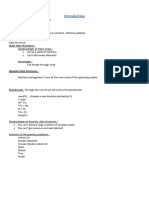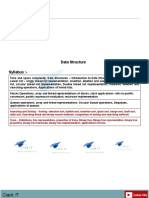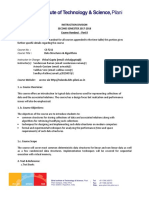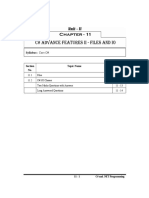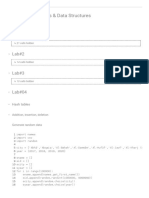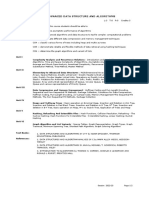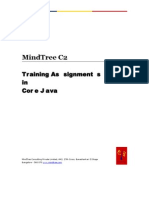0% found this document useful (0 votes)
9 views69 pagesDsa Notes
The document explains various concepts in data structures and algorithms, focusing on asymptotic notation, linked lists, and binary trees. It details the differences between stacks and queues, the representation of binary trees, and the advantages and disadvantages of different data structures. Additionally, it covers topics like time and space complexity, circular queues, and threaded binary trees.
Uploaded by
ishanksharma024Copyright
© © All Rights Reserved
We take content rights seriously. If you suspect this is your content, claim it here.
Available Formats
Download as PDF, TXT or read online on Scribd
0% found this document useful (0 votes)
9 views69 pagesDsa Notes
The document explains various concepts in data structures and algorithms, focusing on asymptotic notation, linked lists, and binary trees. It details the differences between stacks and queues, the representation of binary trees, and the advantages and disadvantages of different data structures. Additionally, it covers topics like time and space complexity, circular queues, and threaded binary trees.
Uploaded by
ishanksharma024Copyright
© © All Rights Reserved
We take content rights seriously. If you suspect this is your content, claim it here.
Available Formats
Download as PDF, TXT or read online on Scribd
/ 69




























